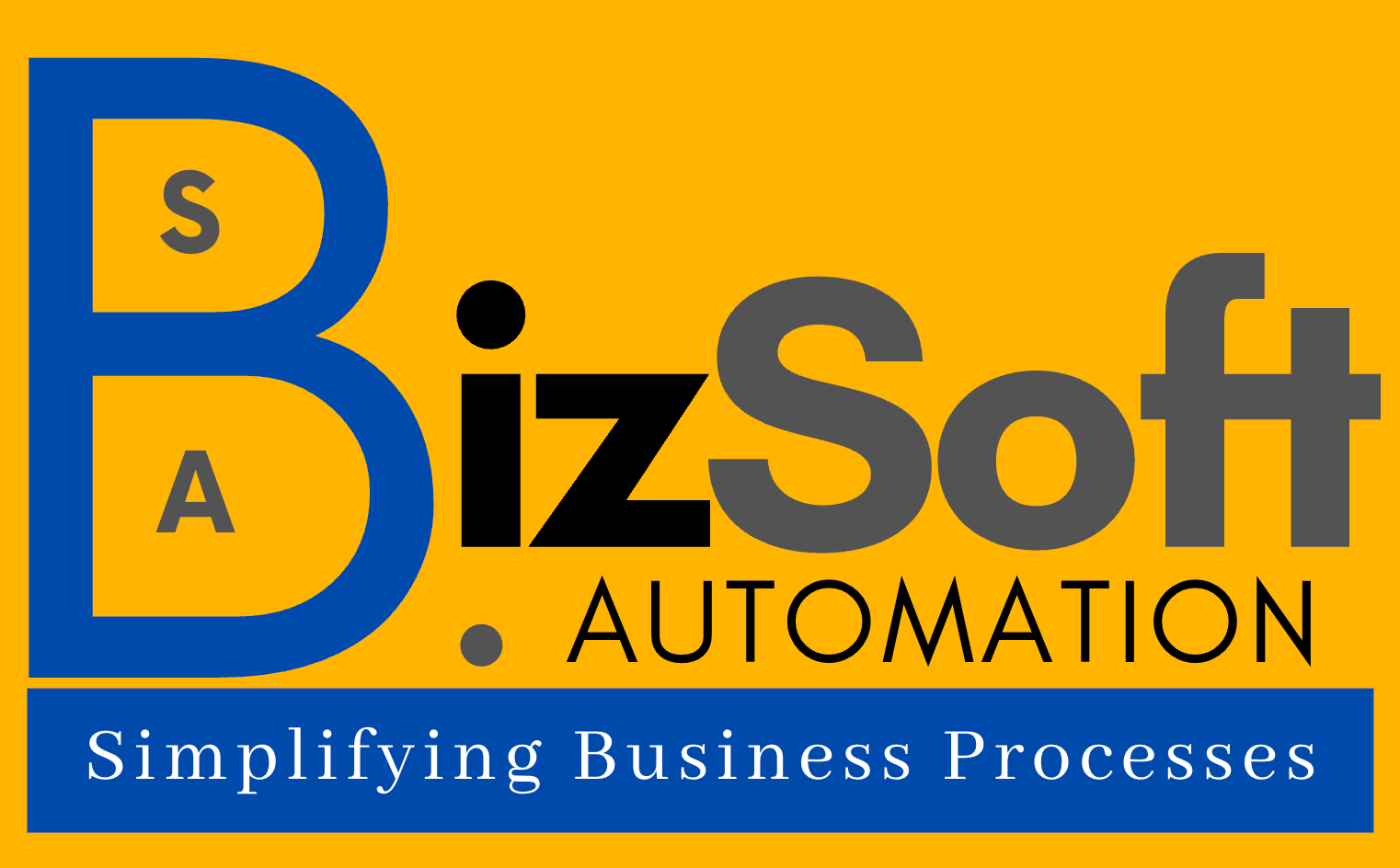ISO 9001:2015 Certification
What Is ISO 9001:2015?
ISO 9001:2015 is the international standard that outlines the criteria for a robust Quality Management System (QMS). It helps organisations consistently deliver products and services that meet customer expectations while continually improving processes.
Key Clauses and Requirements
The standard is structured around seven core clauses:
- Clause 1 – Scope: Defines the applicability and boundaries of the QMS.
- Clause 2 – Normative References: Lists the referenced documents.
- Clause 3 – Terms and Definitions: Clarifies terminology used throughout.
- Clause 4 – Context of the Organisation: Requires an understanding of internal and external issues that can affect the QMS.
- Clause 5 – Leadership: Demands top‑management commitment, customer focus, and a clear quality policy.
- Clause 6 – Planning: Introduces risk‑based thinking, objectives, and actions needed to achieve them.
- Clause 7 – Support: Covers resources, competence, awareness, communication and documented information.
- Clause 8 – Operation: Emphasises process control, design, product realization and external providers.
- Clause 9 – Performance Evaluation: Focuses on monitoring, measurement, analysis, internal audits and management review.
- Clause 10 – Improvement: Supports continual improvement, nonconformity handling, and corrective actions.
Benefits of Certification
Achieving ISO 9001:2015 certification can deliver tangible advantages for any organisation:
- Enhanced customer confidence and loyalty.
- Optimised process efficiency and reduced waste.
- Clear risk management framework.
- Improved employee engagement through defined roles and responsibilities.
- Competitive differentiation in markets where quality assurance is paramount.
- Facilitated integration with other standards such as ISO 14001 or ISO 45001.
Certification Process Overview
The journey toward certification typically follows these stages:
- Gap Analysis: Compare current practices against the ISO 9001:2015 requirements.
- Planning & Documentation: Develop or refine quality policy, objectives, procedures, and records.
- Internal Audits: Verify that the QMS operates as intended and identify improvement opportunities.
- Management Review: Top executives assess the QMS performance and set direction.
- Certification Audit (Stage 1): External auditors assess readiness and documentation compliance.
- Certification Audit (Stage 2): Full audit of processes, operations, and evidence of effective implementation.
- Continuous Improvement: Establish corrective actions, monitor performance, and maintain the QMS.
Common Implementation Challenges
Even well‑resourced organisations can face hurdles:
- Resistance to Change: Employees may be hesitant to adopt new procedures.
- Incomplete Documentation: Poorly written or missing records hinder audit readiness.
- Resource Allocation: Balancing governance duties with day‑to‑day tasks can be difficult.
- Data Accuracy: Inconsistent or inaccurate metrics compromise process control.
- Keeping Up with Updates: Staying current with evolving quality practices and client expectations.
Conclusion
ISO 9001:2015 certification is more than a badge; it is a framework that enshrines quality, efficiency and continual improvement into your organisational DNA. By embracing its principles, companies gain strategic advantage, stronger customer relationships, and a culture that relentlessly pursues excellence.
📌 Summary & Disclaimer
This checklist highlights the key mandatory and
optional registrations your business may require.
Please note that compliance requirements can vary based on factors such as:
- 📍 Exact location / state regulations
- 🏭 Scale of operations (small, medium, large)
- 👥 Number of employees you hire
- 🌍 Whether you operate locally or internationally
💡 BizSoft provides end-to-end compliance fulfillment services —
from registrations to ongoing filings, so you can focus on your business.
